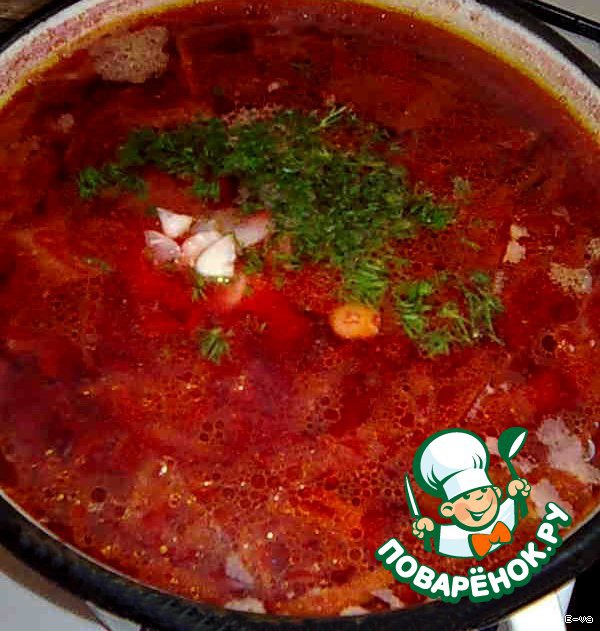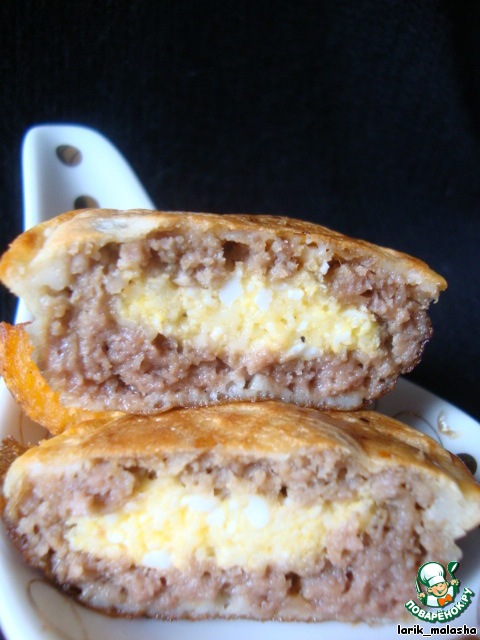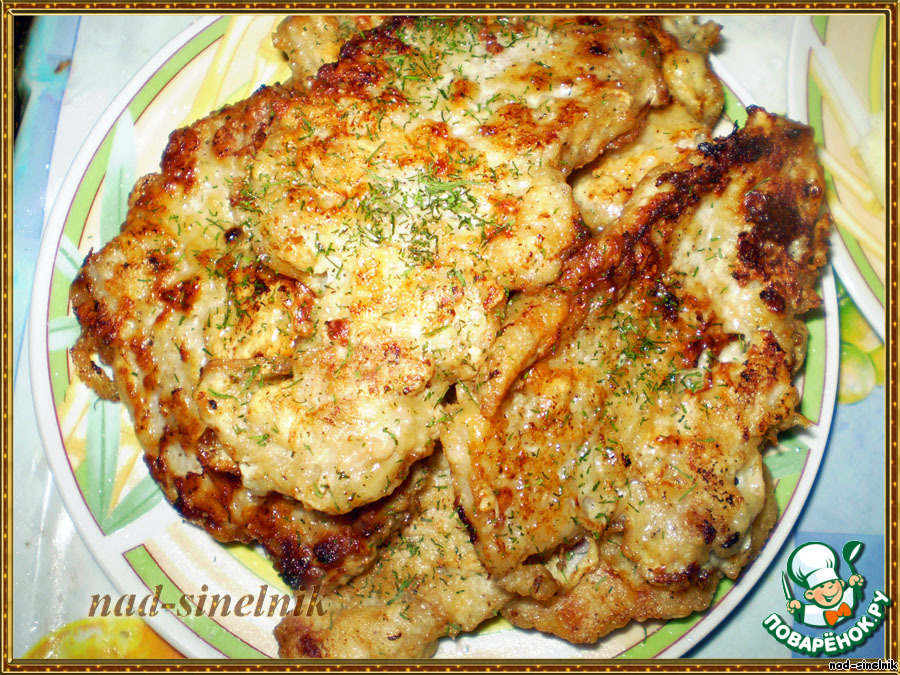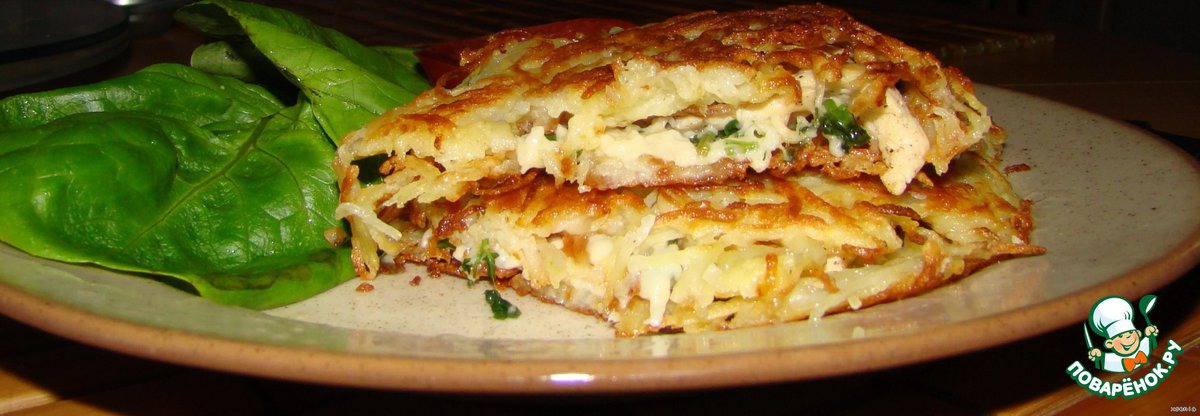Description

Traditional cooked ham from pork shank, meatloaf.
Ingredients
-
Knuckle
1 piece
-
Salt
20 g
-
Black pepper
2 g
-
Garlic
1 g
Cooking

According to this recipe, the ham is cooked relatively quickly - in three days (usually it takes two to three weeks or more). In addition, the salt content is absolutely predictable. To make the product it is the salinity that you need. Easy, cheap, not scarce. Took a pork shank. I got front. But you can use rear - just is a bit more difficult to cut the meat. The weight of the shank was initially $ 1300 Washed the shank has posably knife a little. Saying that it's okay to hold her for a couple of hours in cold water before processing.

First thing I did was removed the bone. We must try not to damage heavily the skin of the shank and leave the meat on the skin. Skin will be the outer shell of the roll. This is perhaps the main advantage of the roll from the shank. Very sharp and powerful knife made deep, to the bone, slit along the shank.

Carefully notching the meat on all sides along the bone, cut the bone.

The bone is put aside - will go for pea soup. But the rest went for the manufacture of ham. Weight meat with the skin amounted to about 800 g, and the whole knuckle weighed 1300 g. That is, the content of meat in the knuckle to 60% by weight. This is - a rough guideline, if there are household weights.

A large part of the meat left on the skin, and the part cut where it was a lot. Cut these pieces of meat into smaller ones.

Has spread you out skin. Meat on it a bit flogged with a knife in different directions, trying to make this "meat pad" more or less equal.

After that I put on the skin cut the meat, sprinkle everything with salt and spices. A little massage a lot, trying to RUB the spices evenly over the volume. Those tricks, coupled with cuts to support a more rapid and uniform salting, which is important. A little bit of salt. The total salt content in the product (sodium chloride plus nitrite) I chose the 2.5%. (The weight of the meat - 800 g, salt 20 g). It is quite noticeable salinity. You can make 2% of salt or less. To give the ham the best color I added salt and spices two tablets of ascorbic acid with glucose.

Then I rolled the meat into a tight roll cloth outside. Bandaged in several places by strong thread. Thoroughly rubbed the skin with salt. Passed many salt - as adopted, this salt I didn't count.

Wrapped the roll in plastic wrap and sent to three days in the refrigerator on the bottom shelf. During this time the meat should proselytise and ham to acquire its characteristic color, taste and smell.

After three days I got the roll and removing it from the film, boiled in water at a temperature of 80*C for 3 hours. The temperature should not exceed the duration - it is possible (that the meat was softer).

Cooled roll first in cold water, then in the fridge. The result is a delicious ham, cut pinkish color, with a thick pulp with an interesting pattern. Flesh is elastic, quite solid, cut into slices mm thick. The taste and smell of the shank characteristic for the traditional ham, peppers and garlic are well felt, but not dominant. Shell (skin) is harsh, but it is not for everybody.





Leave a comment or a recipe review
Leave comments can only registered users.
Register, or Login if you are already registered.